The engineering design process emphasizes open-ended problem solving and encourages students to learn from failure. This process nurtures students’ abilities to create innovative solutions to challenges in any subject!
![]()
The engineering design process is a series of steps that guides engineering teams as we solve problems. The design process is iterative, meaning that we repeat the steps as many times as needed, making improvements along the way as we learn from failure and uncover new design possibilities to arrive at great solutions.
Overarching themes of the engineering design process are teamwork and design. Strengthen your students’ understanding of open-ended design as you encourage them to work together to brainstorm new ideas, apply science and math concepts, test prototypes and analyze data—and aim for creativity and practicality in their solutions. Project-based learning engages learners of all ages—and fosters STEM literacy.
Engineers ask critical questions about what they want to create, whether it be a skyscraper, amusement park ride, bicycle or smartphone. These questions include: What is the problem to solve? What do we want to design? Who is it for? What do we want to accomplish? What are the project requirements? What are the limitations? What is our goal?
This includes talking to people from many different backgrounds and specialties to assist with researching what products or solutions already exist, or what technologies might be adaptable to your needs.
You work with a team to brainstorm ideas and develop as many solutions as possible. This is the time to encourage wild ideas and defer judgment! Build on the ideas of others! Stay focused on topic, and have one conversation at a time! Remember: good design is all about teamwork! Help students understand the brainstorming guidelines by using the TE handout and two sizes of classroom posters.
For many teams this is the hardest step! Revisit the needs, constraints and research from the earlier steps, compare your best ideas, select one solution and make a plan to move forward with it.
Building a prototype makes your ideas real! These early versions of the design solution help your team verify whether the design meets the original challenge objectives. Push yourself for creativity, imagination and excellence in design.
Does it work? Does it solve the need? Communicate the results and get feedback. Analyze and talk about what works, what doesn't and what could be improved.
Discuss how you could improve your solution. Make revisions. Draw new designs. Iterate your design to make your product the best it can be.
And now, REPEAT!
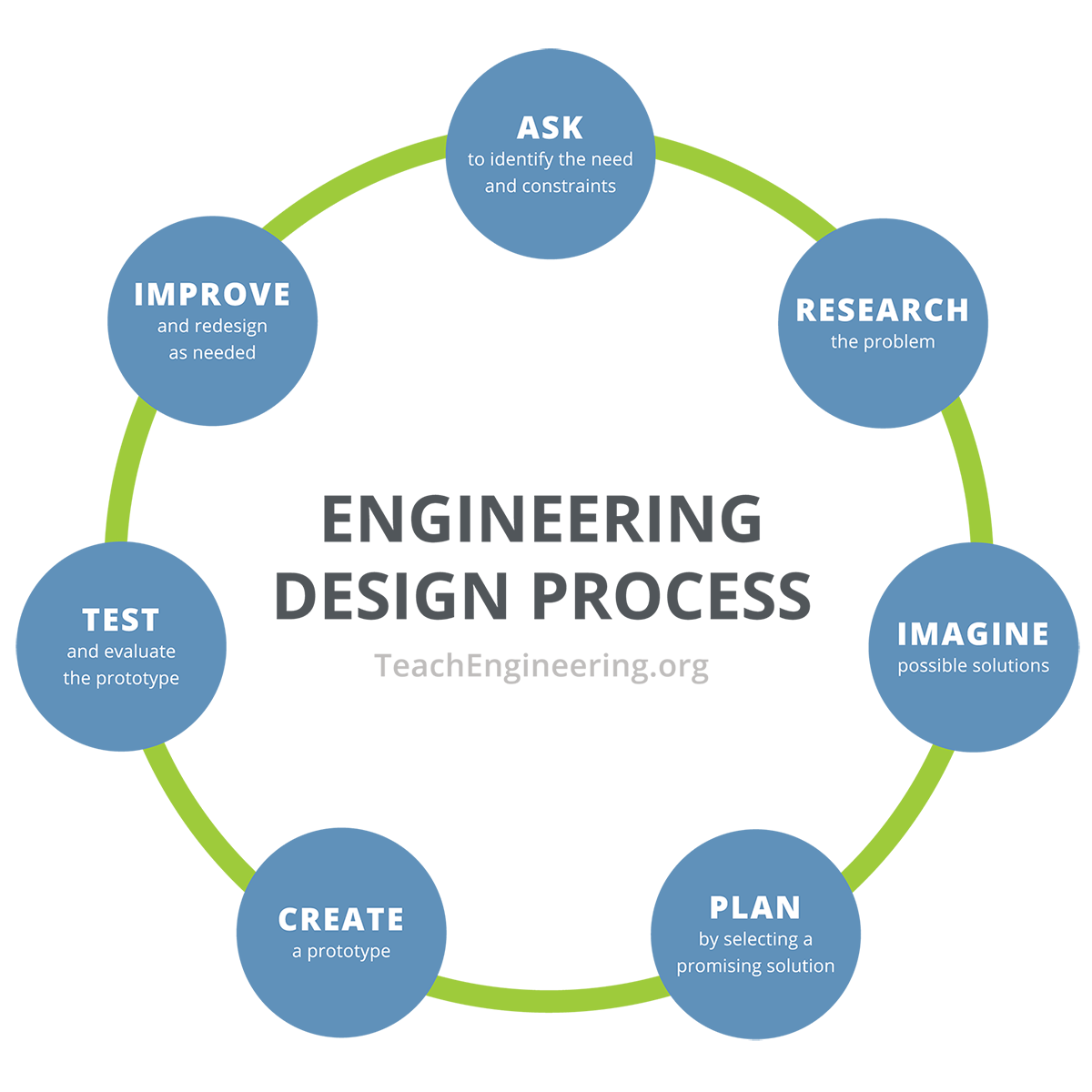
 Engineering-Design Aligned Curricula
Engineering-Design Aligned Curricula 
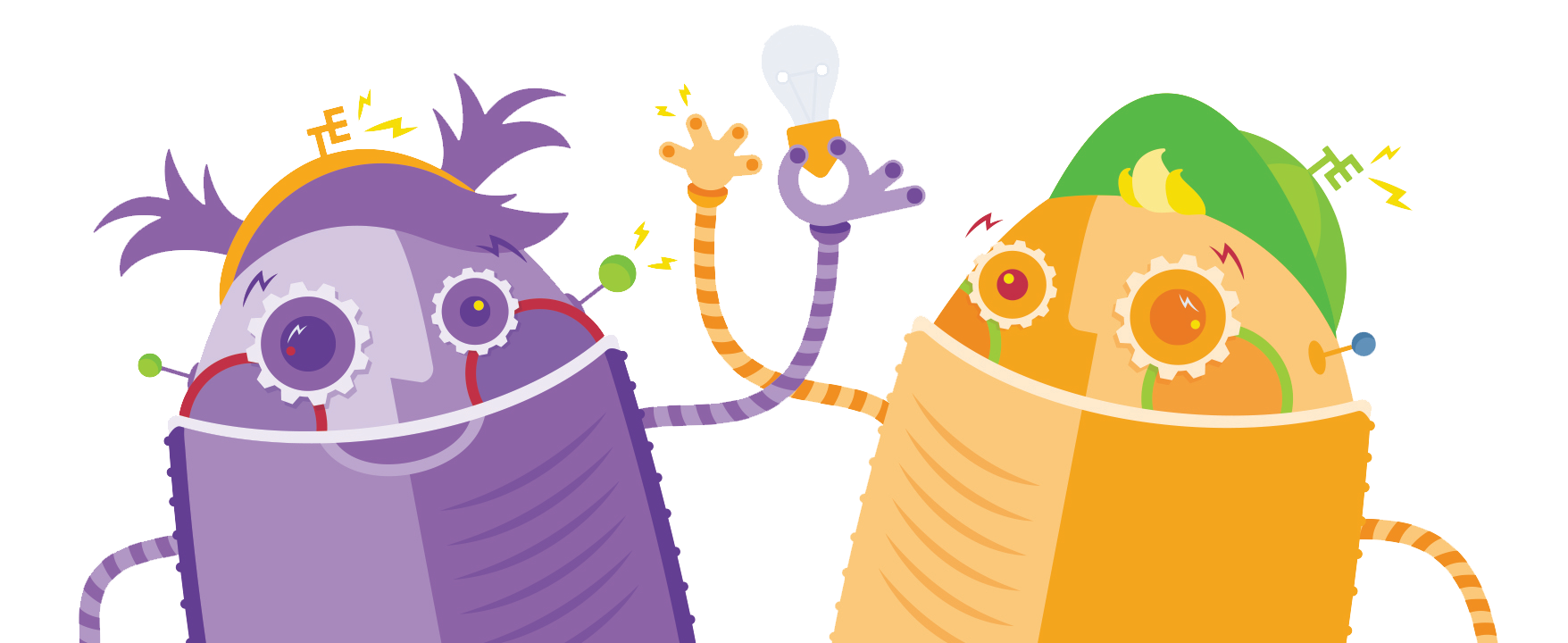
The TeachEngineering hands-on activities featured here, by grade band, exemplify the engineering design process.
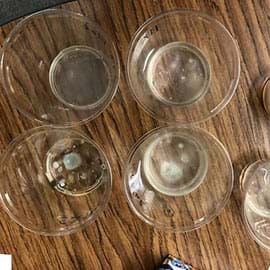
Bacteria! It’s Everywhere! Students investigate what causes them to become sick during the school year. They use the engineering design process to test the classroom lab spaces for bacteria. After their tests, they develop ideas to control the spread of germs within the classroom.
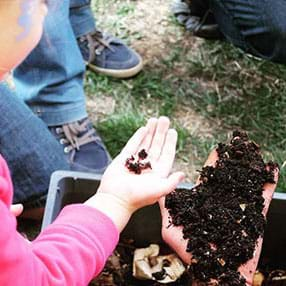
Soil from Spoiled: Engineering a Compost Habitat for Worms A unique activity for young learners that combines engineering and biology, students design an optimal environment for red wiggler worms in a compost bin.
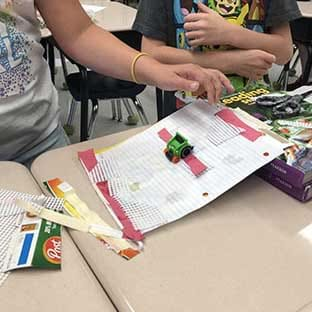
Stop Freewheeling Using Friction! In this maker challenge, students use the engineering design process to design a covering for a portable wheelchair ramp for their school. The design must be easy to use, and allows people to move up the ramp easily and go down slowly.
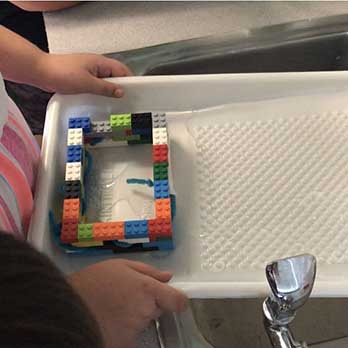
Inundation Inspiration Students employ the engineering design process to create a device that uses water-absorbing crystals for use during a flood or storm surge. They use (or build) a toy house, follow the engineering design process to build their device, and subject the house to tests that mimic a heavy flood or rising .
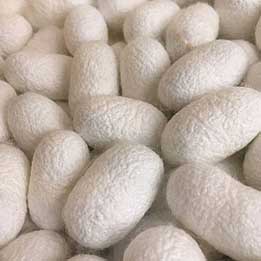
Silkworm Strength! Students use the engineering design process to design a bridge out of silkworm cocoons that can hold at least 50 grams. Students can use other materials to supplement the silk bridge, but have a $10 budget.

Stop Freewheeling Using Friction! In this maker challenge, students use the engineering design process to design a covering for a portable wheelchair ramp for their school. The design must be easy to use, and allows people to move up the ramp easily and go down slowly.

Inundation Inspiration Students employ the engineering design process to create a device that uses water-absorbing crystals for use during a flood or storm surge. They use (or build) a toy house, follow the engineering design process to build their device, and subject the house to tests that mimic a heavy flood or rising .

Silkworm Strength! Students use the engineering design process to design a bridge out of silkworm cocoons that can hold at least 50 grams. Students can use other materials to supplement the silk bridge, but have a $10 budget.

Biodomes Engineering Design Project: Lessons 2-6 In this multi-day activity, students explore environments, ecosystems, energy flow and organism interactions by creating a scale model biodome, following the steps of the engineering design process.

Exploring Variables While Testing & Improving Mint-Mobiles (for Elementary School) Build a model race car out of lifesaver candies, popsicle sticks, straws, and other fun materials! Have students learn about independent, dependent, and control variables, and find out who can make the fastest car given their new knowledge.

Operation Build a Bridge and Get Over It Design and construct a bridge for a local city that will have a high strength-to-weight ratio and resist collapse. Have students use their understanding of the engineering design process—and a lot of wooden craft sticks—to achieve their goals.

Design and Build a Rube Goldberg In this two-part activity, students design and build Rube Goldberg machines. This open-ended challenge employs the engineering design process and may have a pre-determined purpose, such as rolling a marble into a cup from a distance, or let students decide the purposes.

Water Bottle Rockets Students are challenged to design and build rockets from two-liter plastic soda bottles that travel as far and straight as possible or stay aloft as long as possible. Guided by the steps of the engineering design process, students first watch a video that shows rocket launch failures and then partic.

Creative Crash Test Cars Students explore how mass affects momentum in head-on collisions and experience the engineering design process as if they are engineers working on the next big safety feature for passenger cars. They design, create and redesign impact-resistant passenger vehicle compartments for small-size model car.
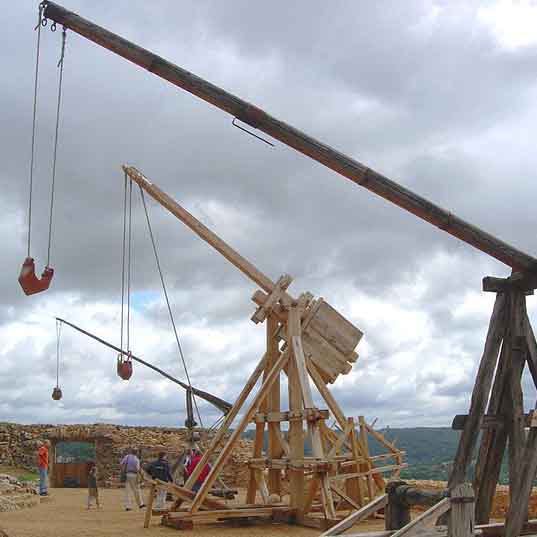
Trebuchet Design & Build Challenge Students work as teams of engineers to design and build their own trebuchets. They research how to build and test their trebuchets, evaluate their results, and present their results and design process to the class.

Out-of-the Box: A Furniture Design + Engineering Challenge Student teams follow the steps of the engineering design process as they design and build architecturally inspired cardboard furniture. Given a list of constraints, including limited fabrication materials and tools, groups research architectural styles, brainstorm ideas, make small-scale quick proto.

Balloons Students follow the steps of the engineering design process as they design and construct balloons for aerial surveillance. Applying their newfound knowledge, the young engineers build and test balloons that fly carrying small flip cameras that capture aerial images of their school.

Inquiry and Engineering: Gliders Student teams design, build and test small-sized gliders to maximize flight distance and an aerodynamic ratio, applying their knowledge of fluid dynamics to its role in flight. Students experience the entire engineering design process, from brainstorming to CAD (or by hand) drafting, including resea.
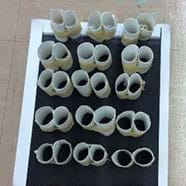
Bio-Engineering: Making and Testing Model Proteins Students learn about human proteins, how their shapes are related to their functions and how DNA protein mutations result in diseases. Then, in a hypothetical engineering scenario, they use common classroom supplies to design and build their own structural, transport and defense protein models to he.

Android App Development Students develop an app for an Android device that utilizes its built-in internal sensors, specifically the accelerometer. The goal of this activity is to teach programming design and skills using MIT's App Inventor software (free to download from the Internet) as the vehicle for learning.
Welcome to TeachEngineering’s Engineering Design Process curricula for Grade K-2 Educators!